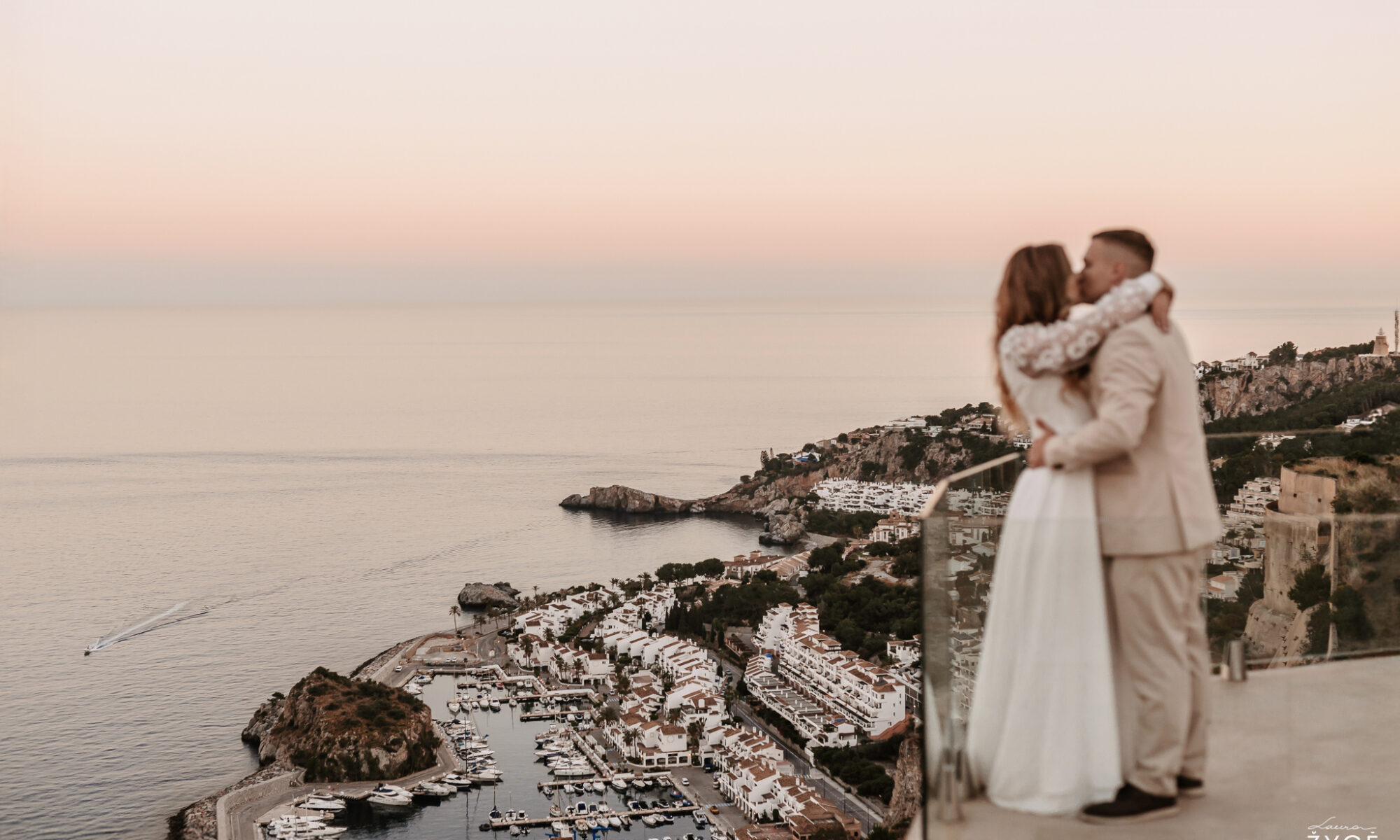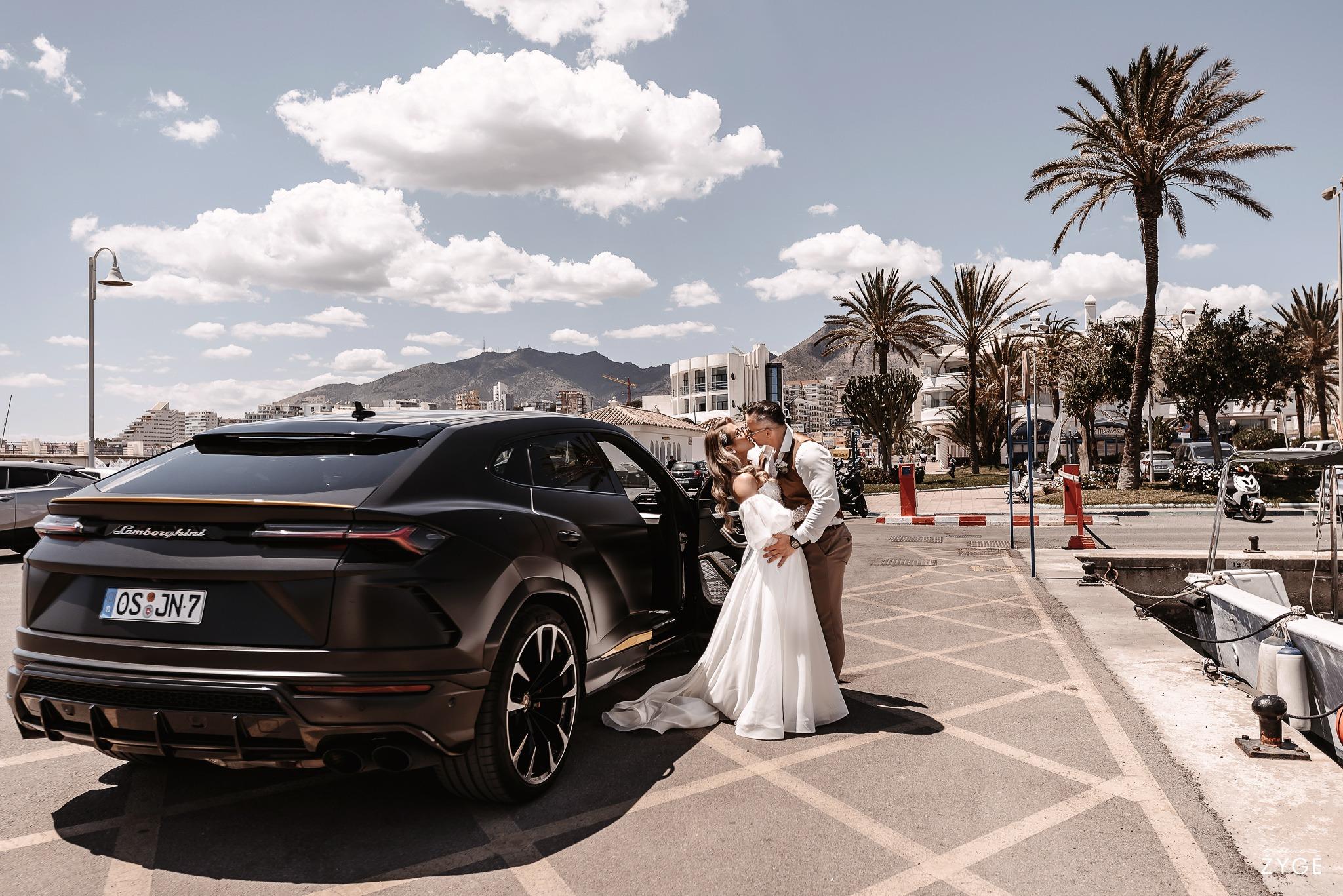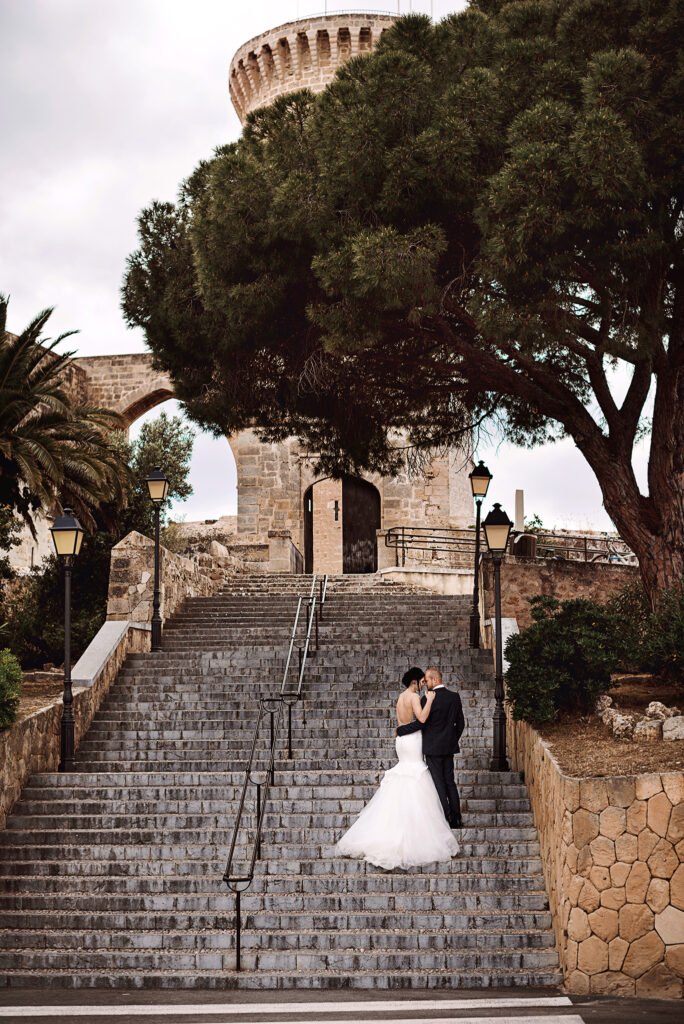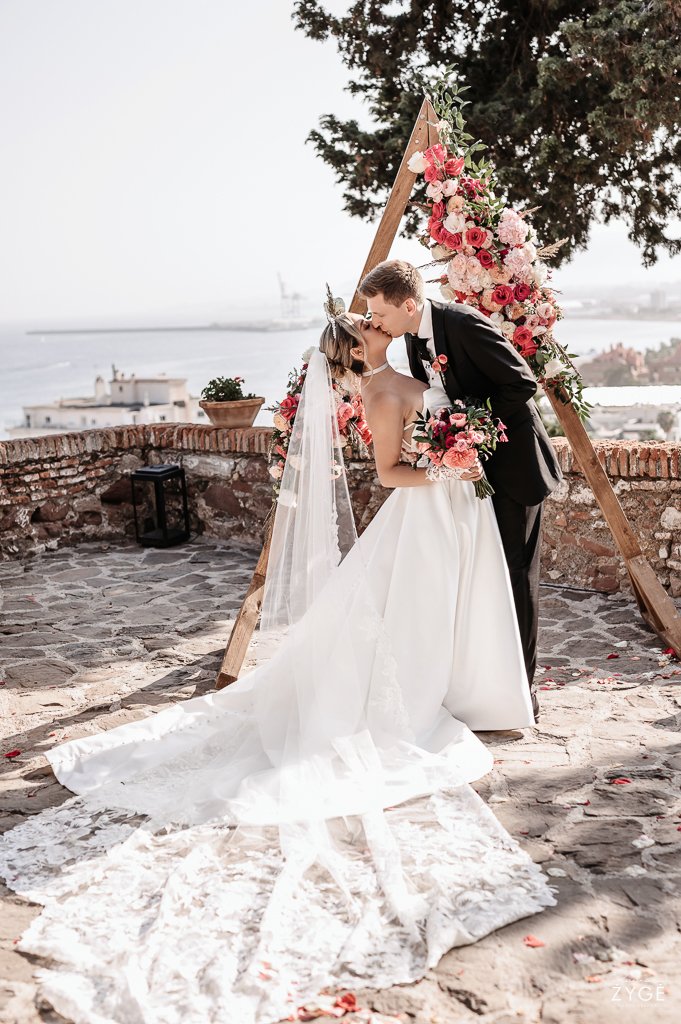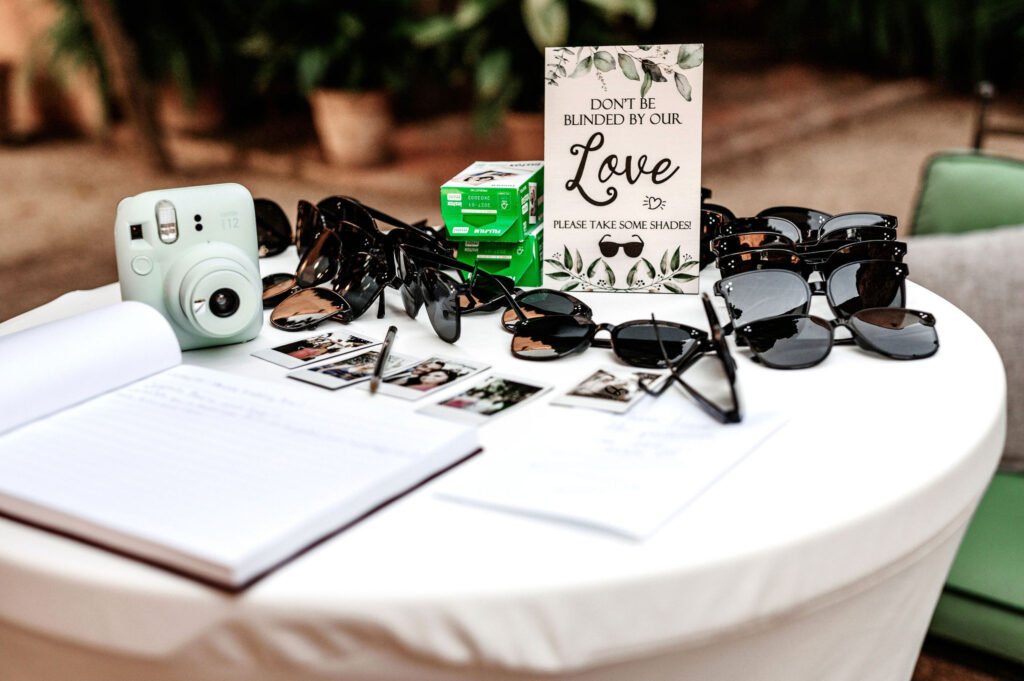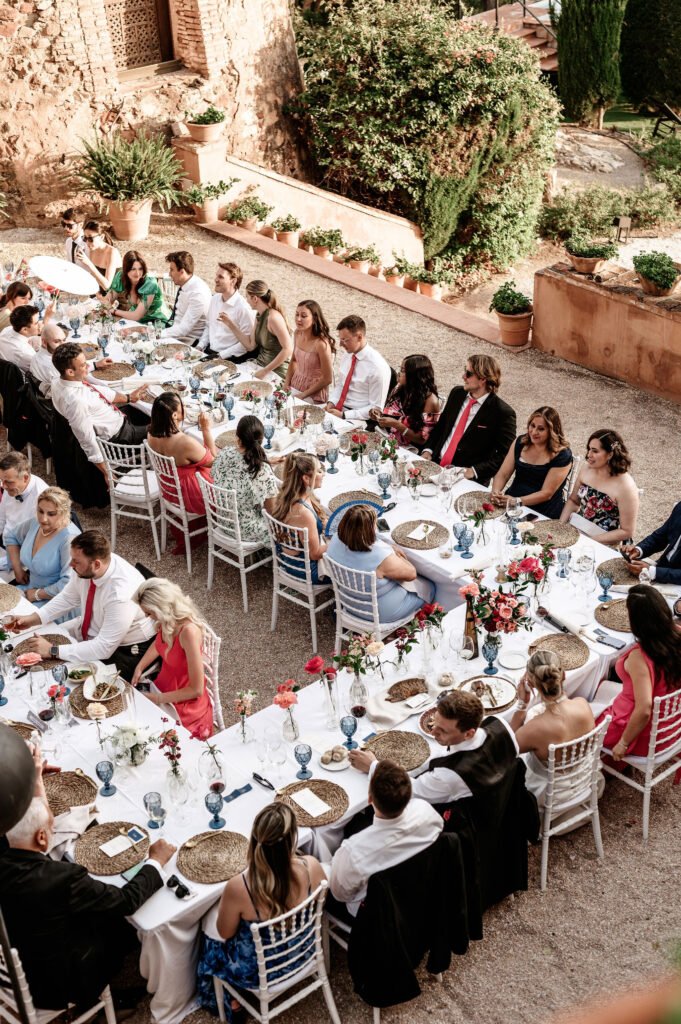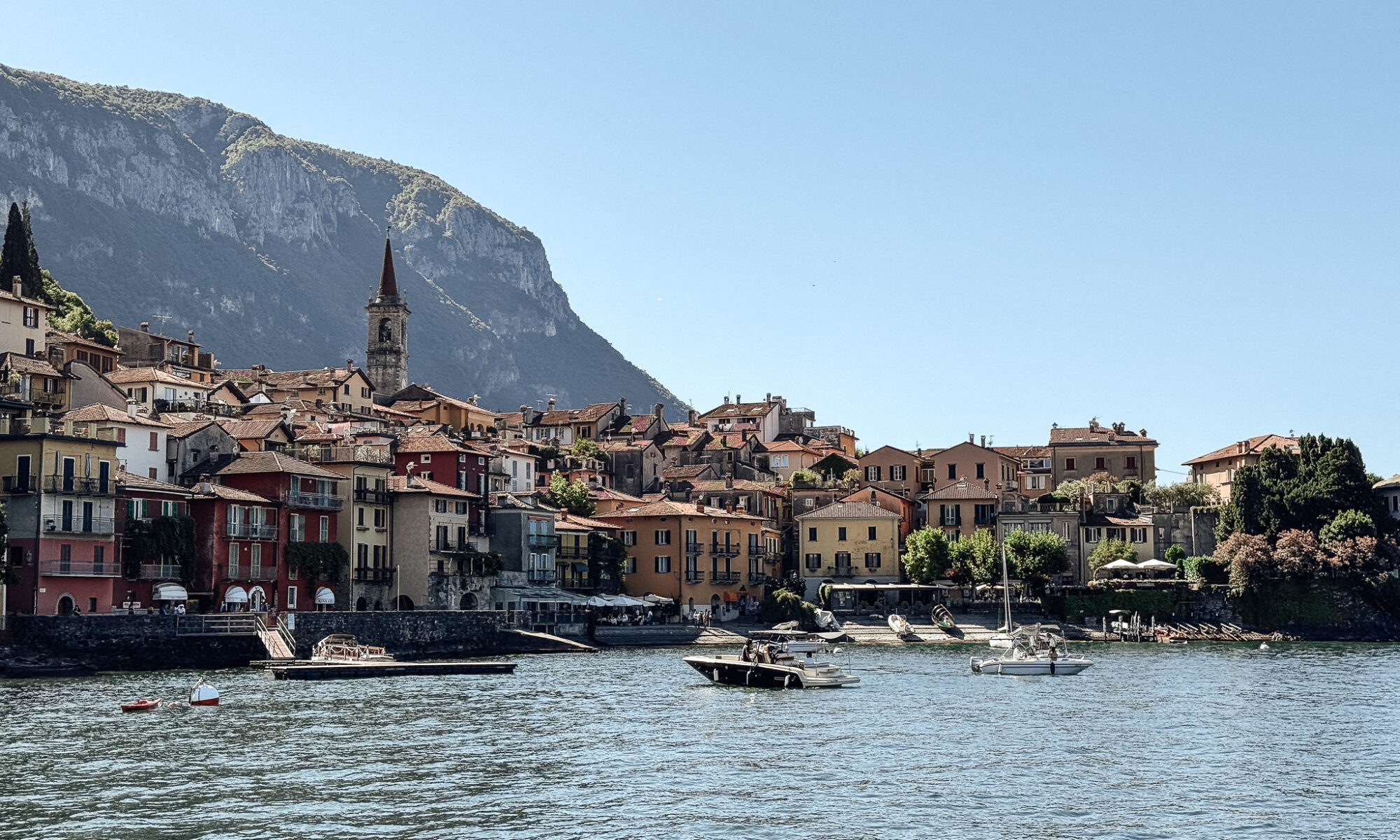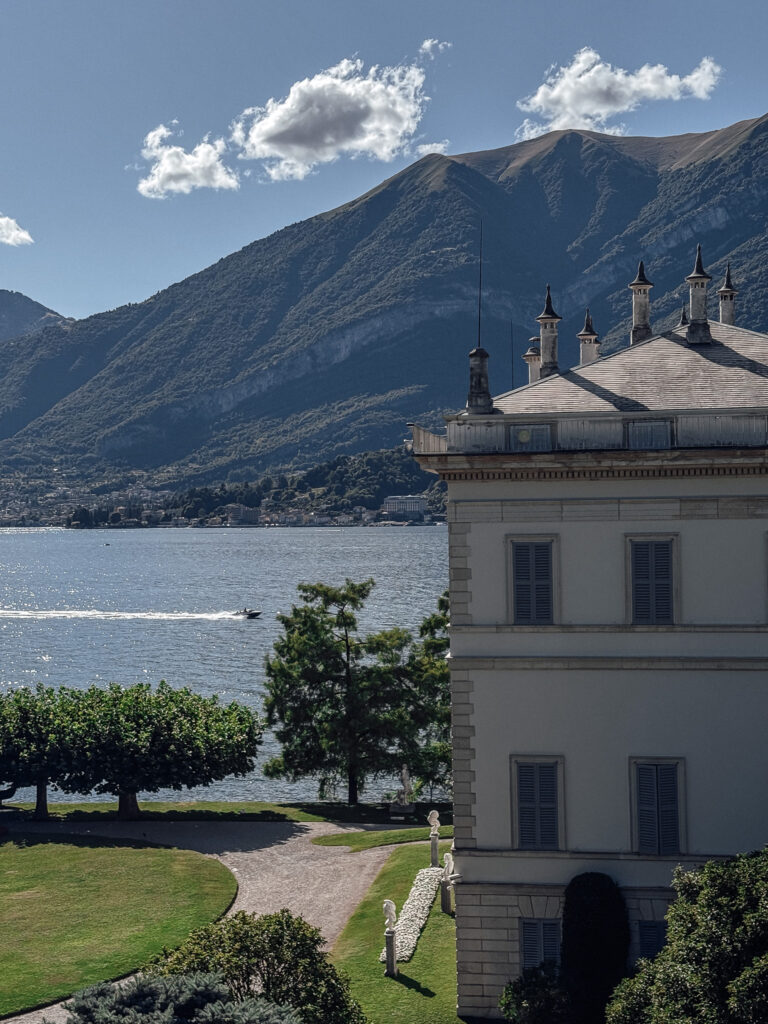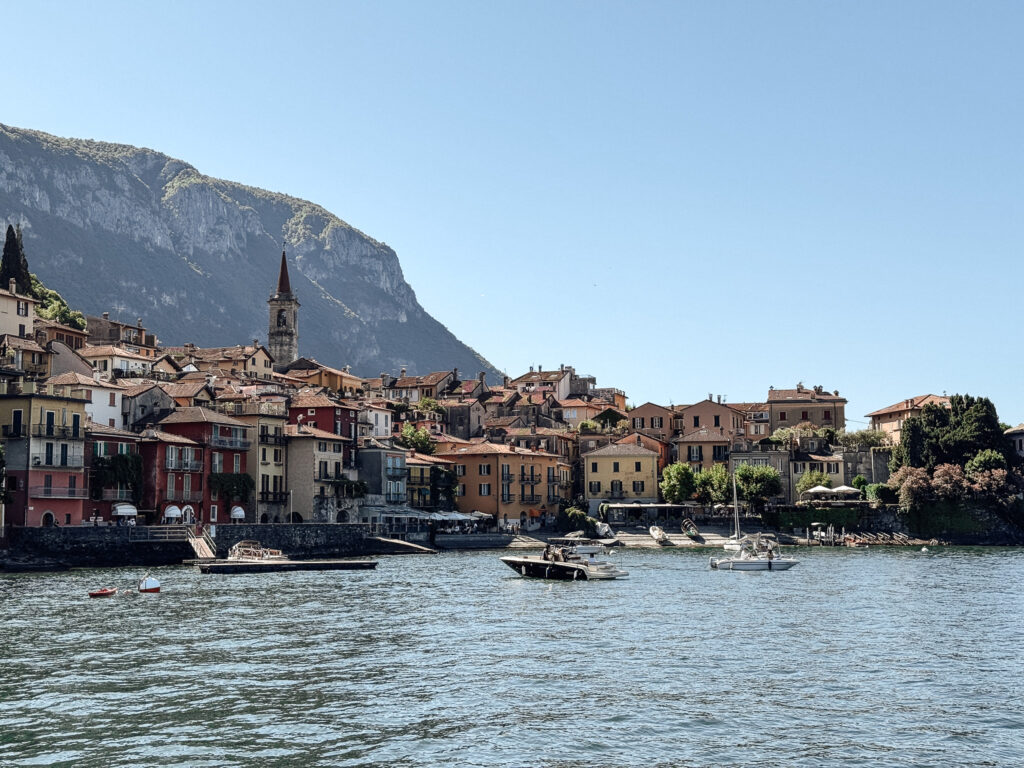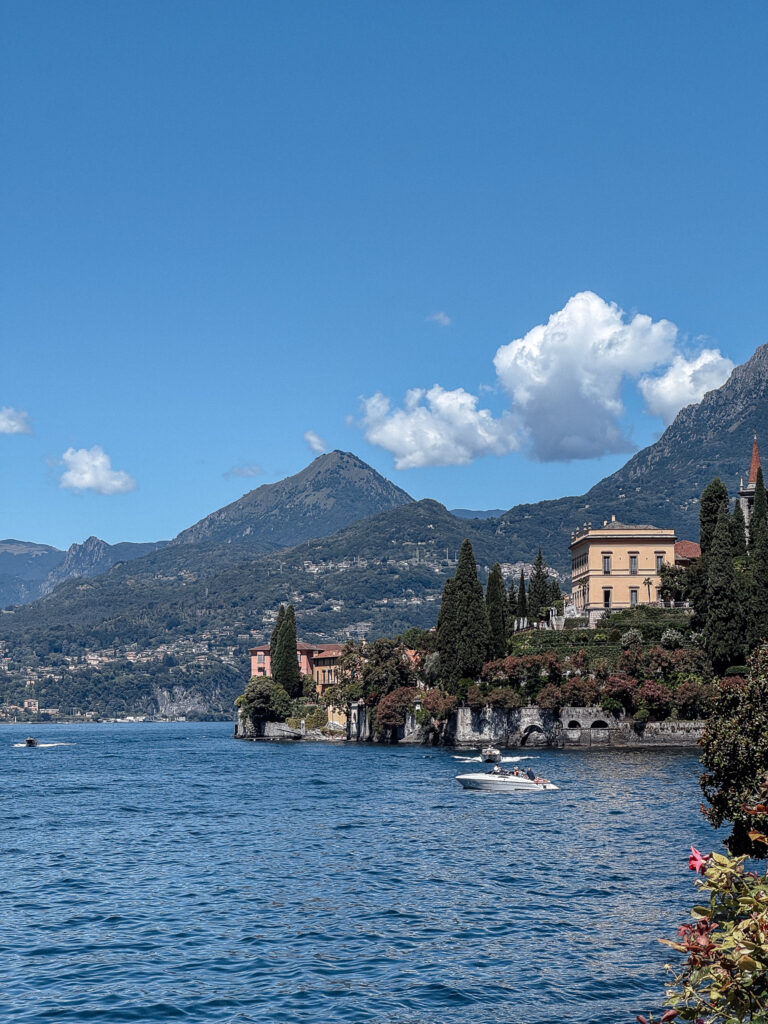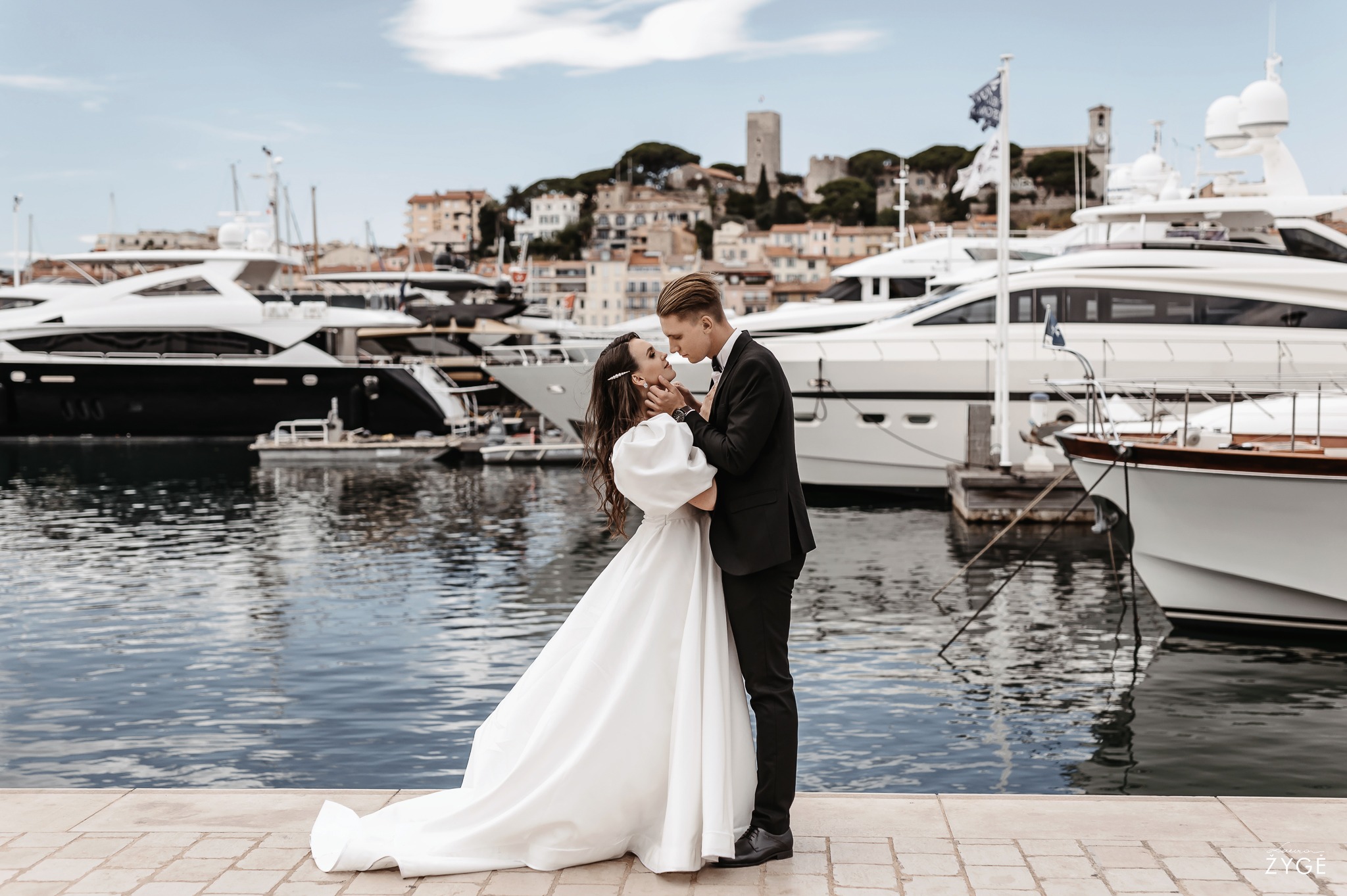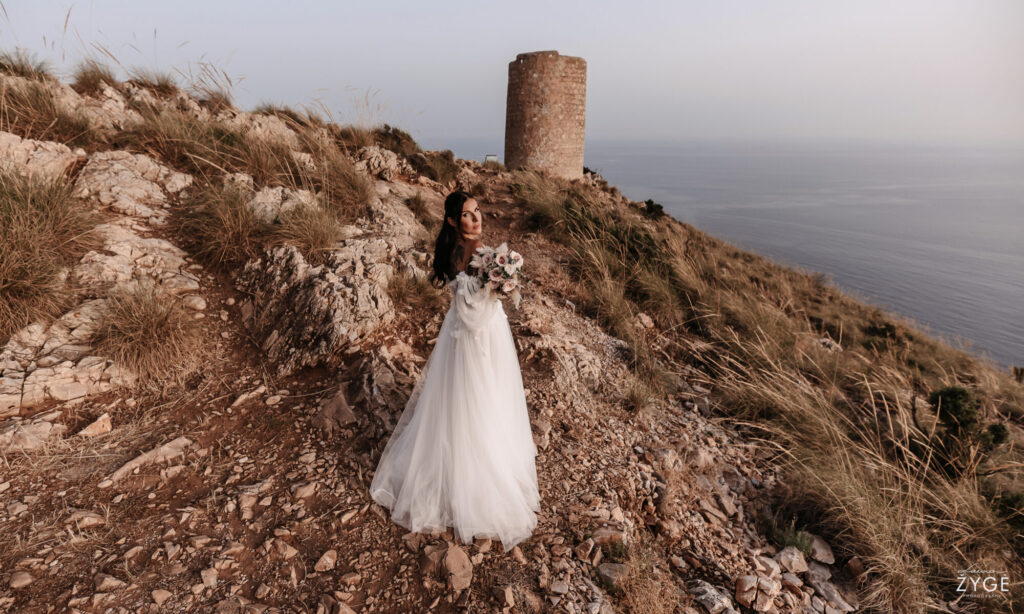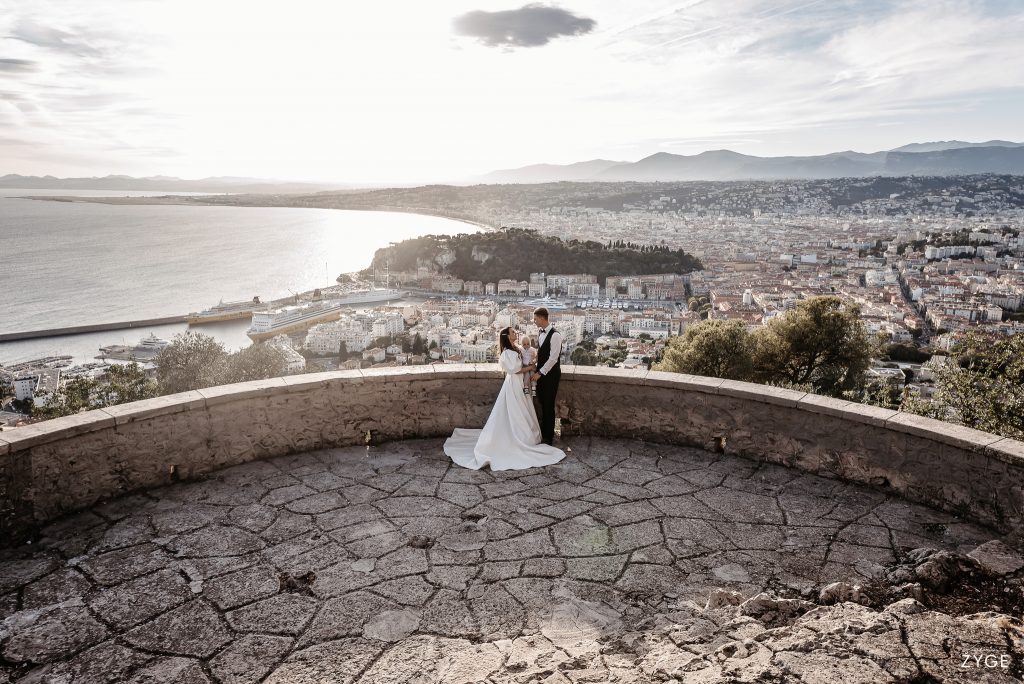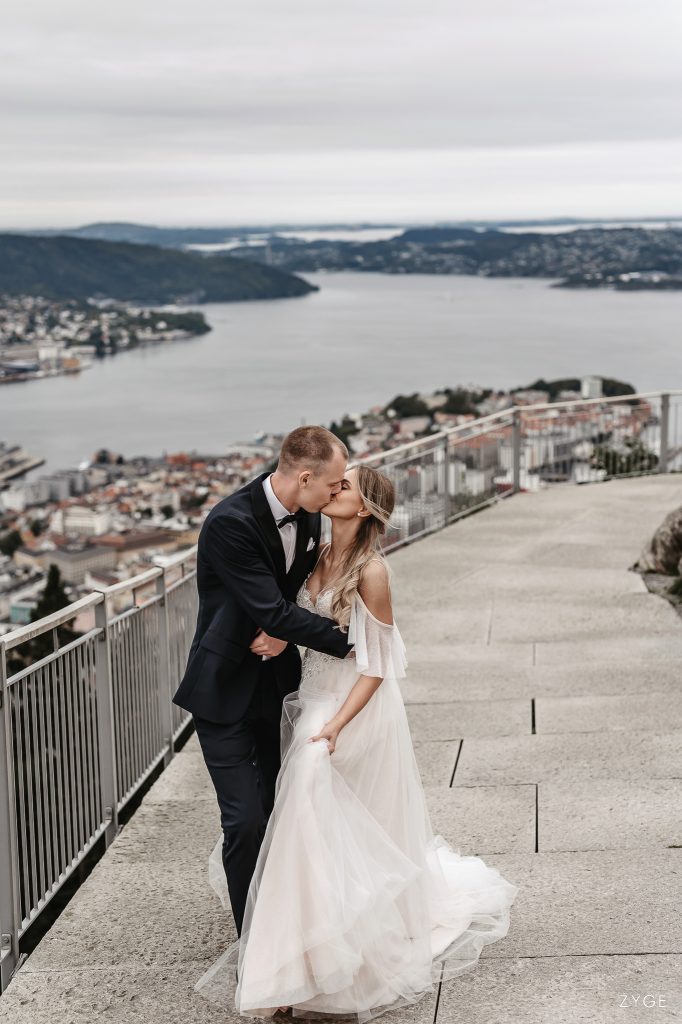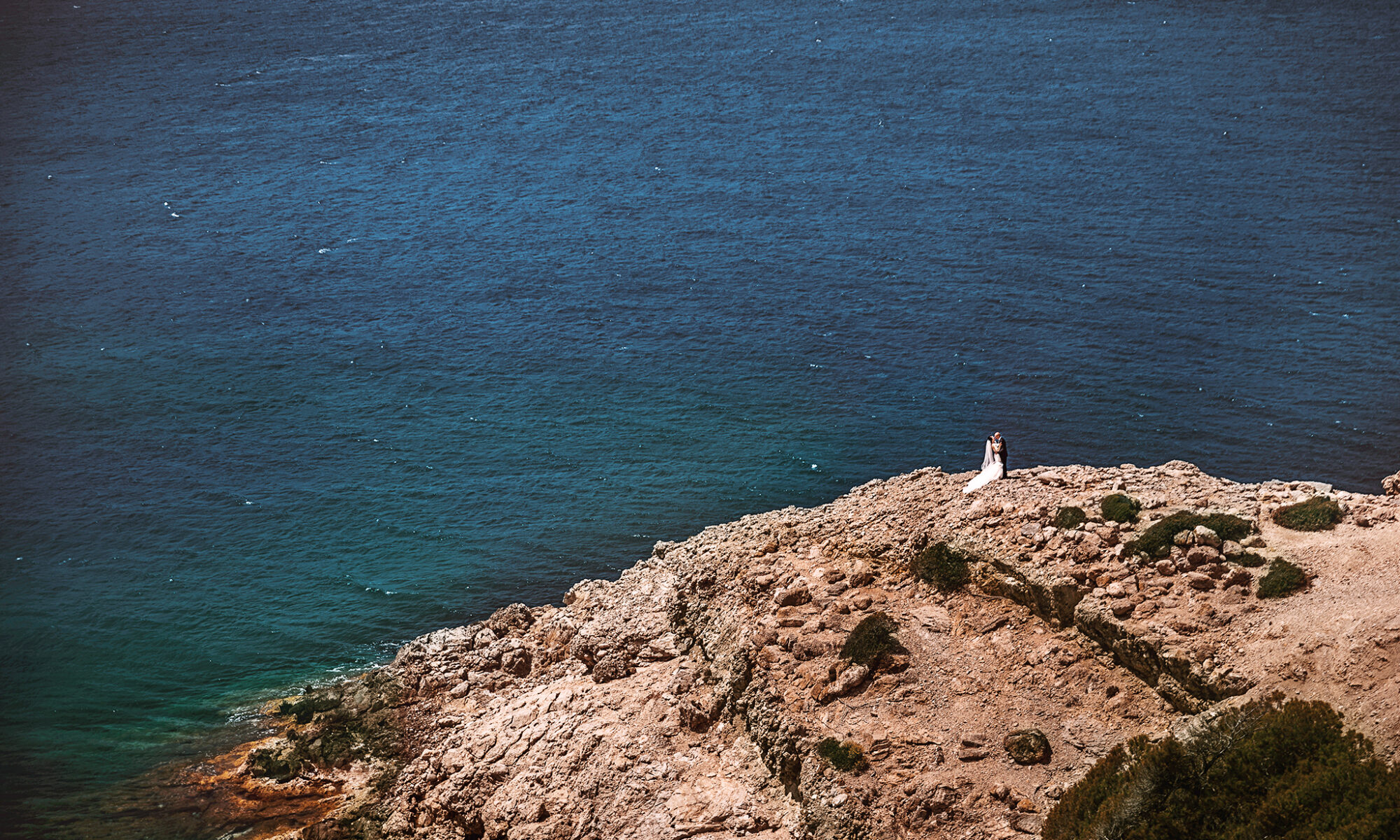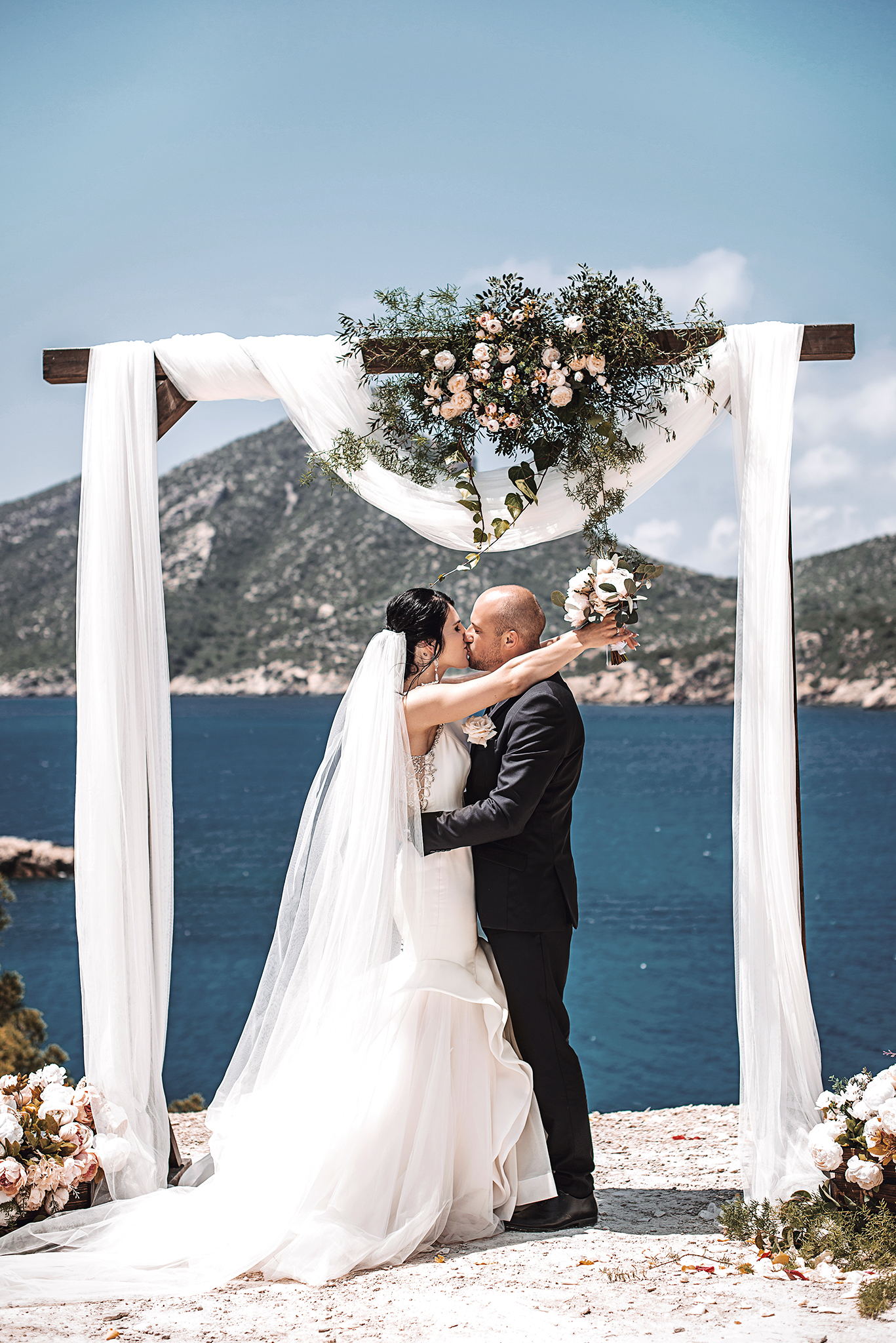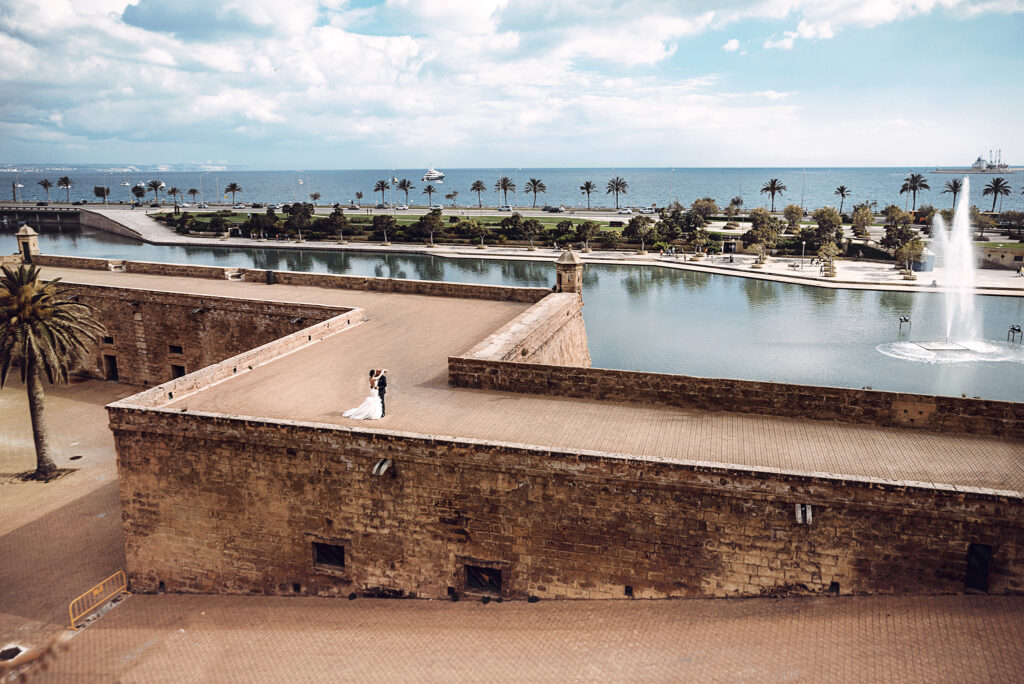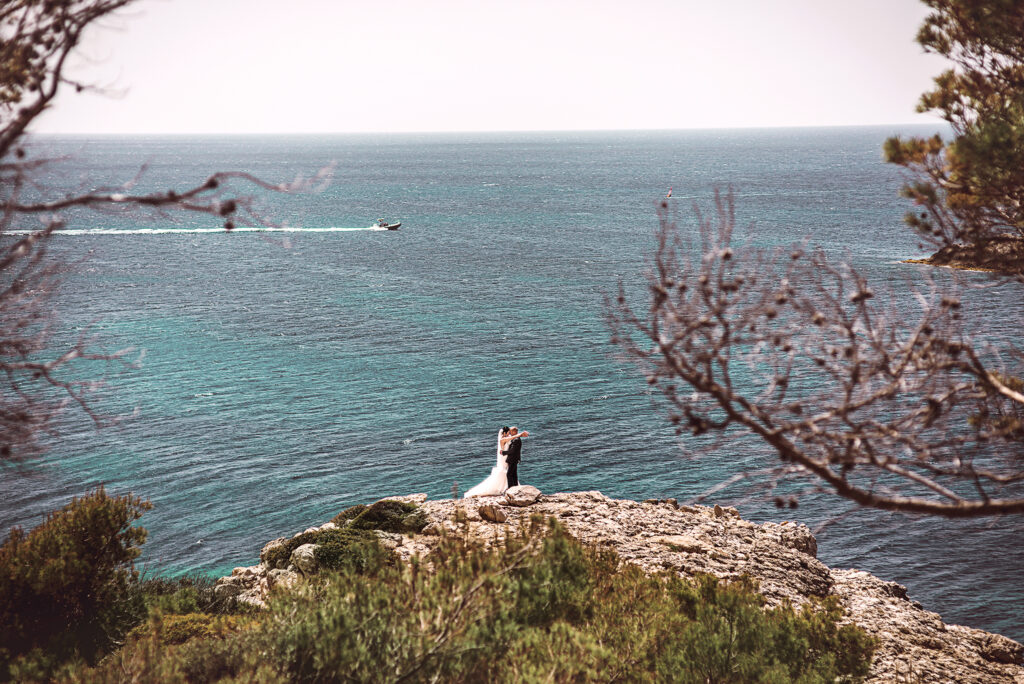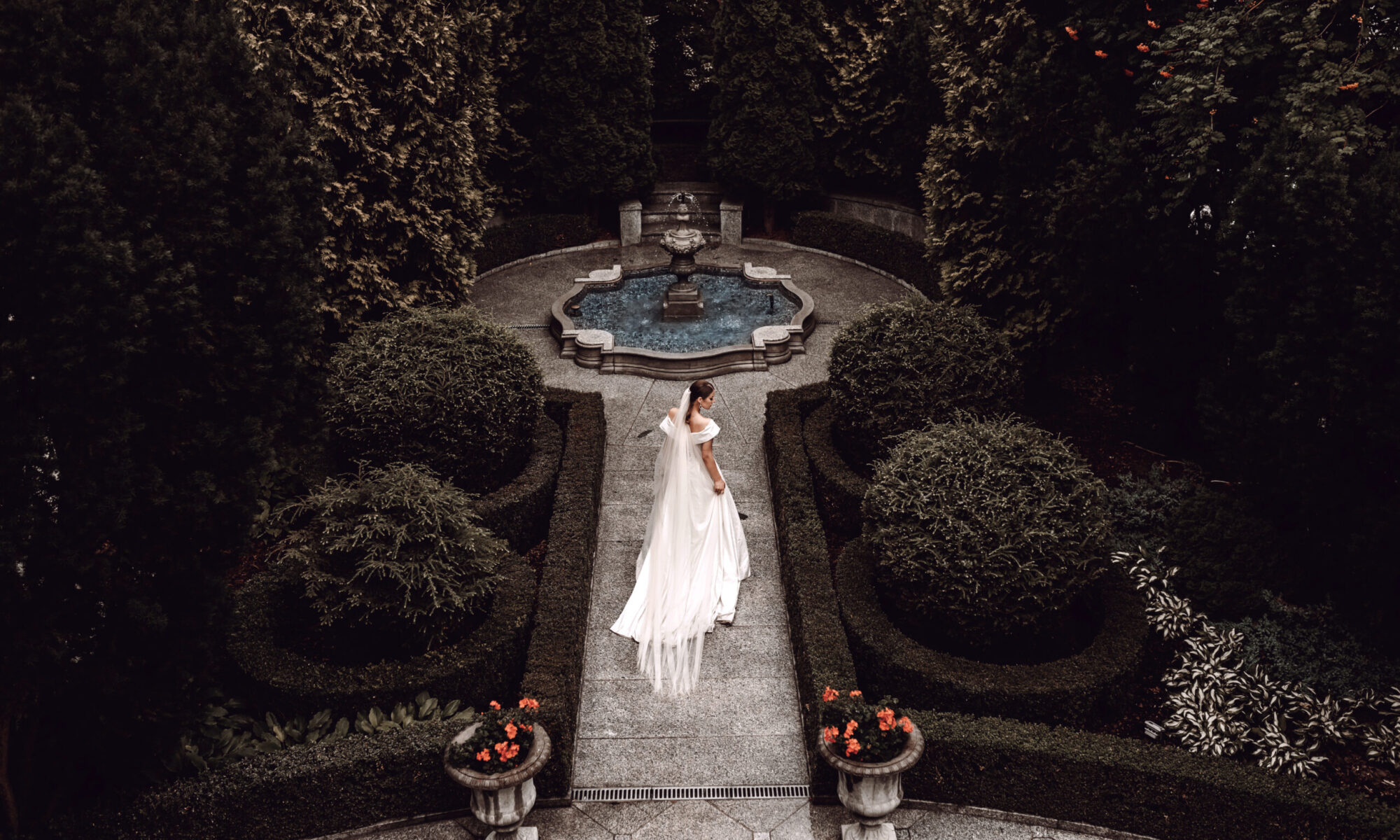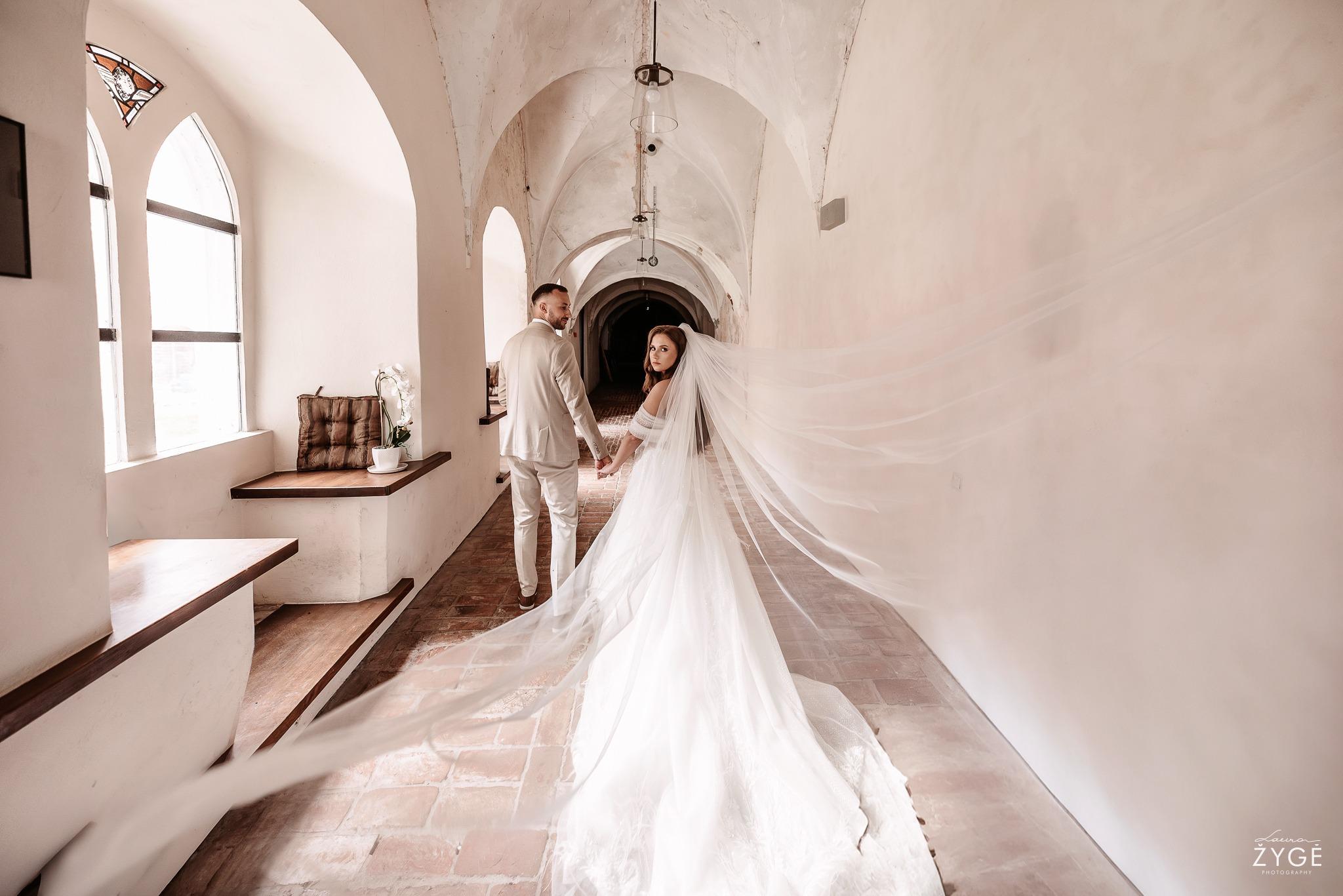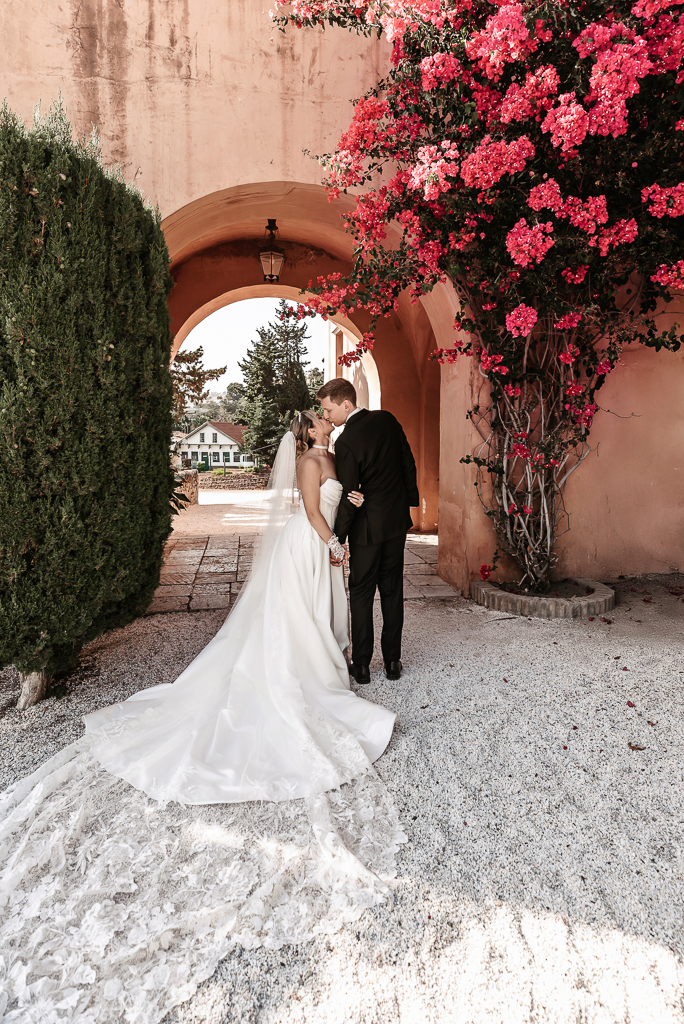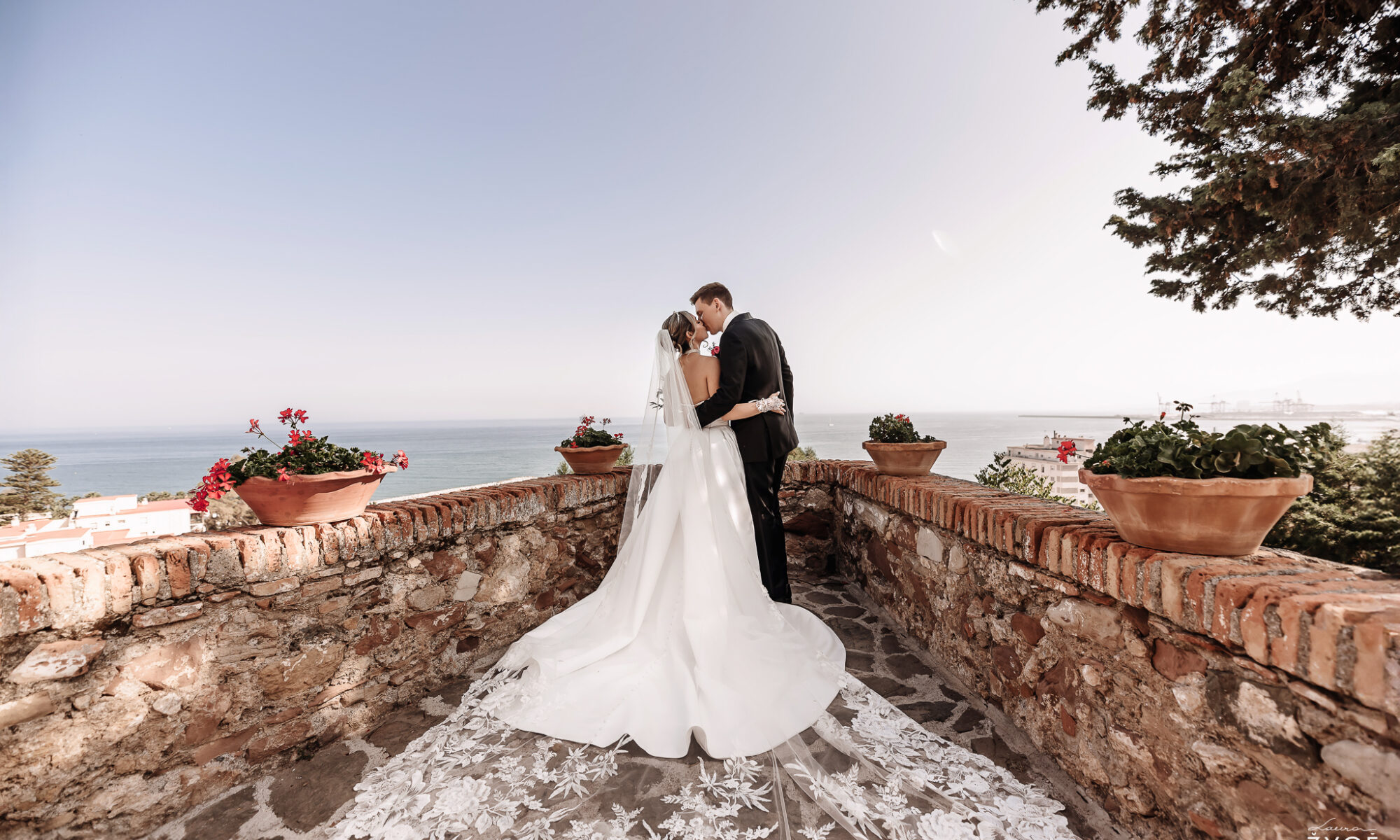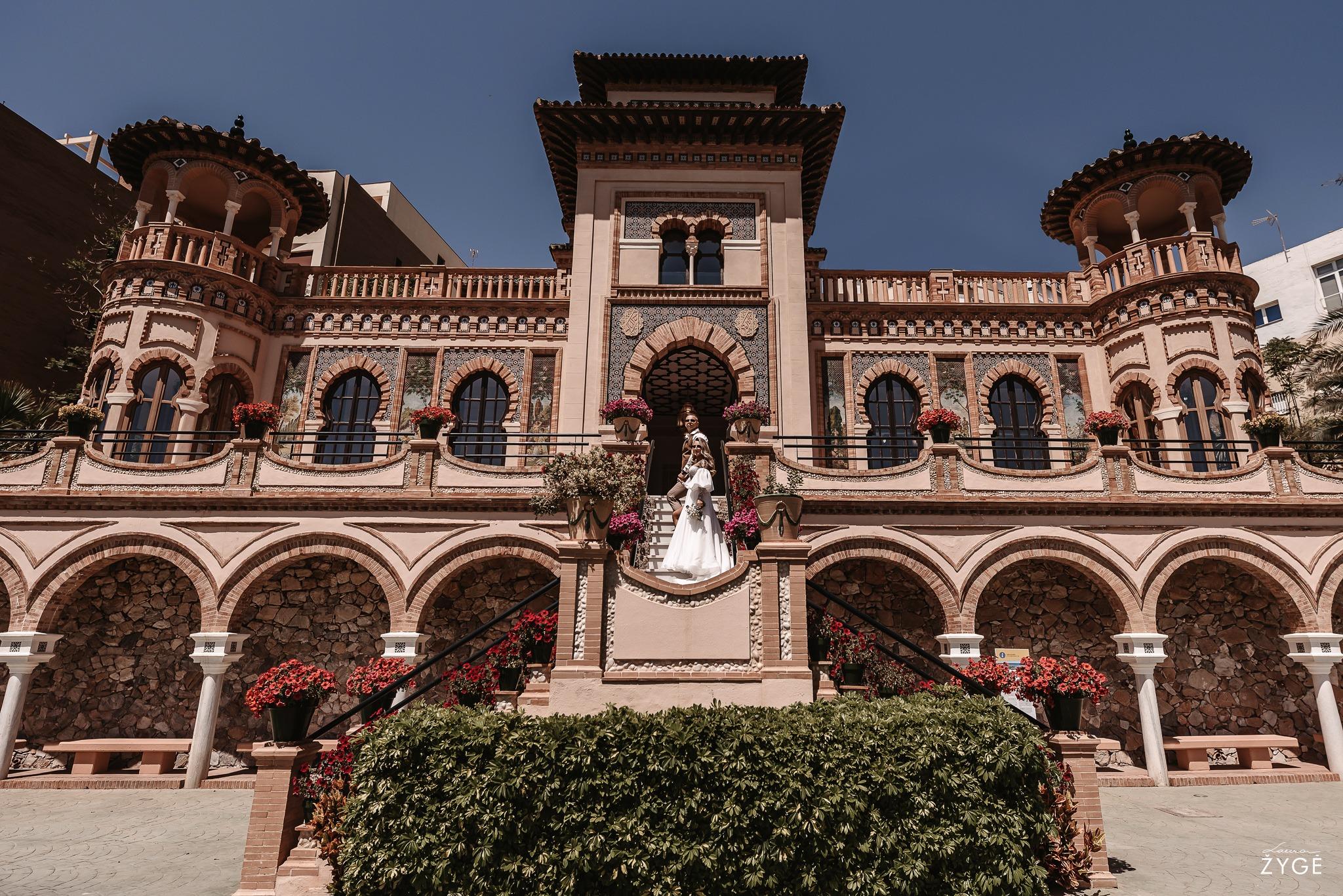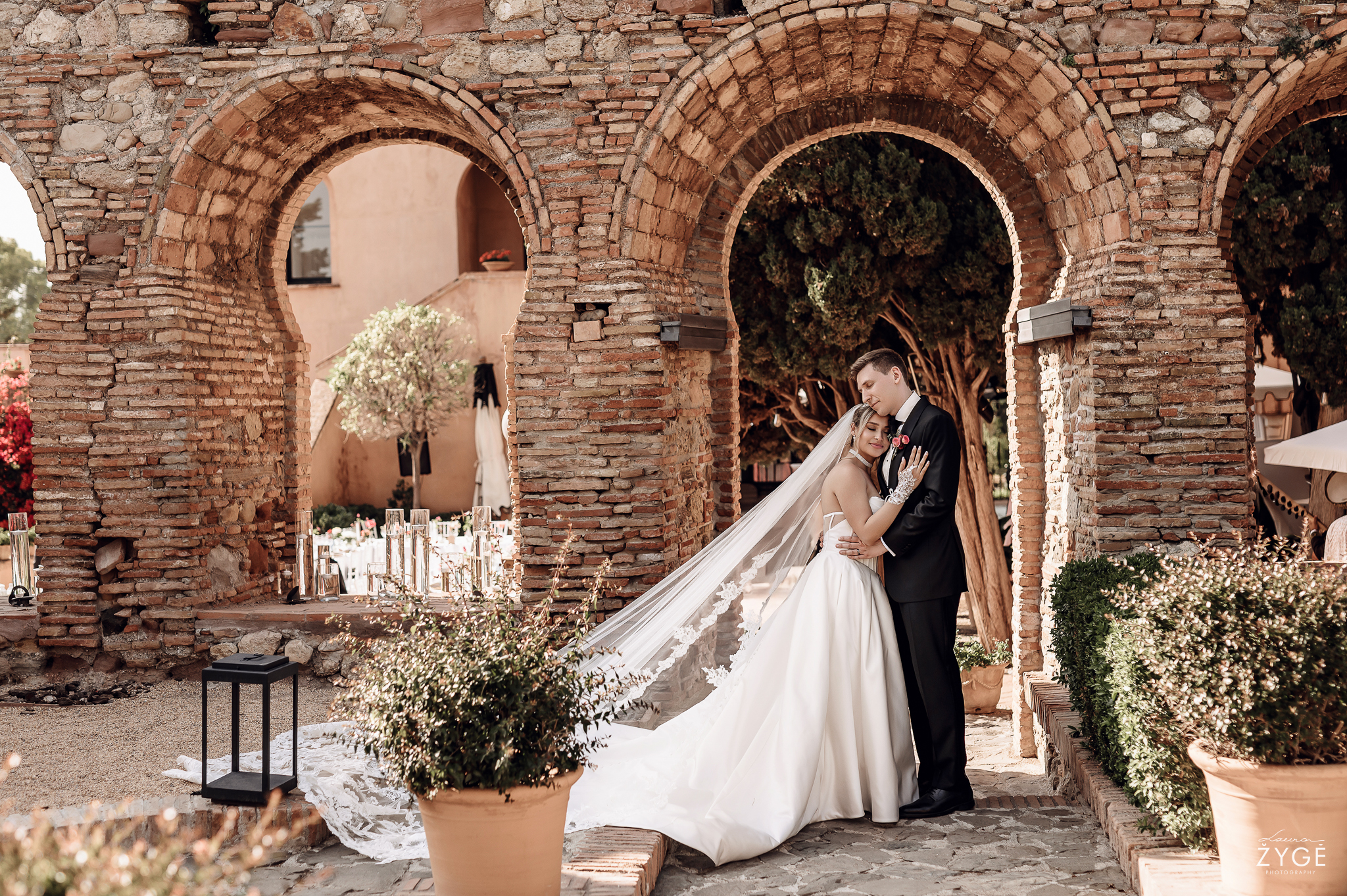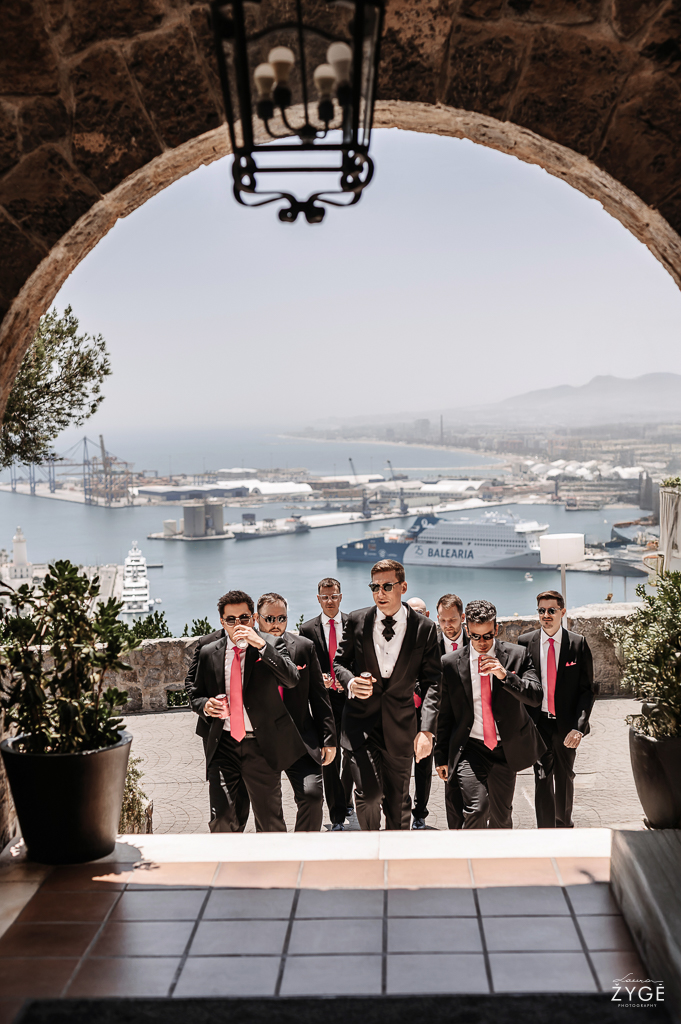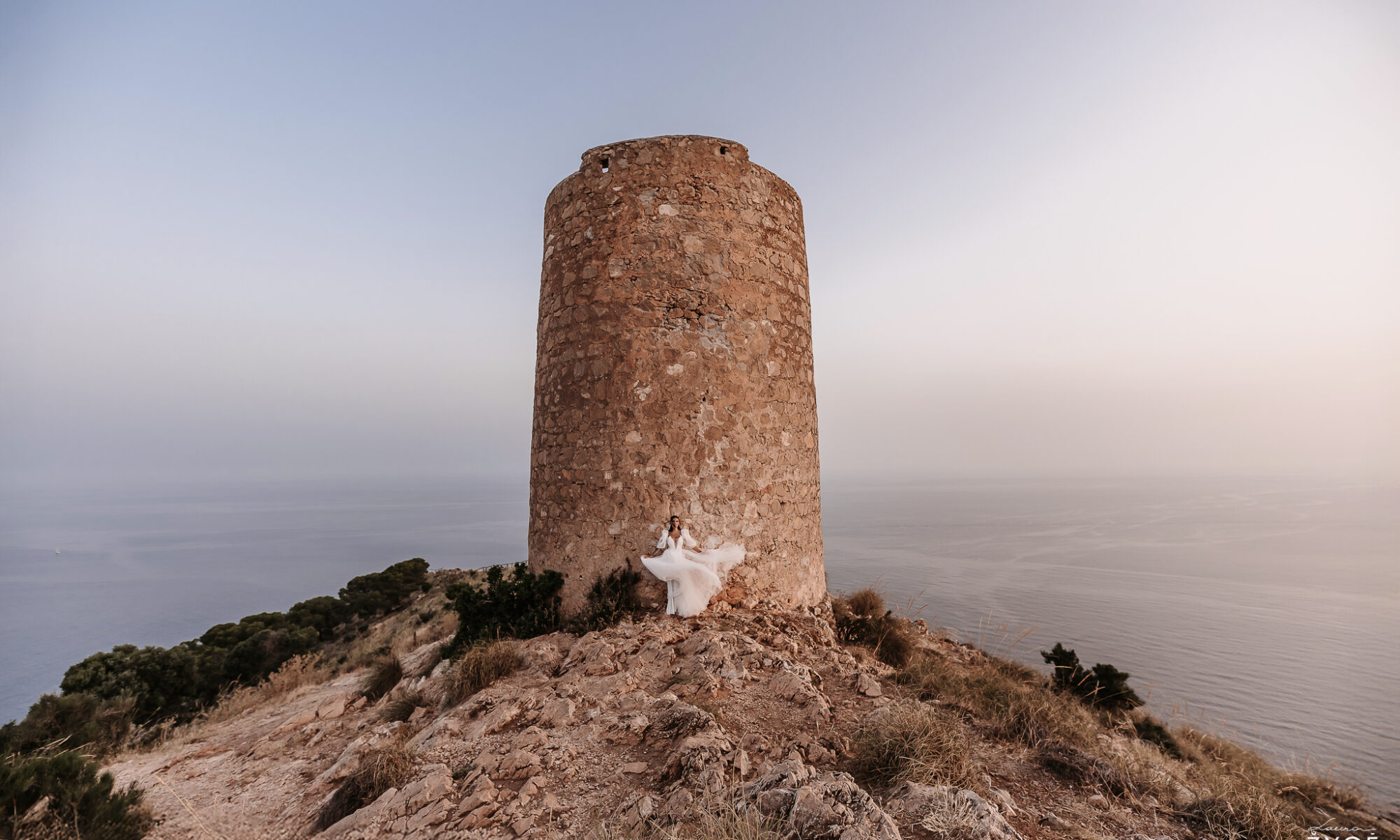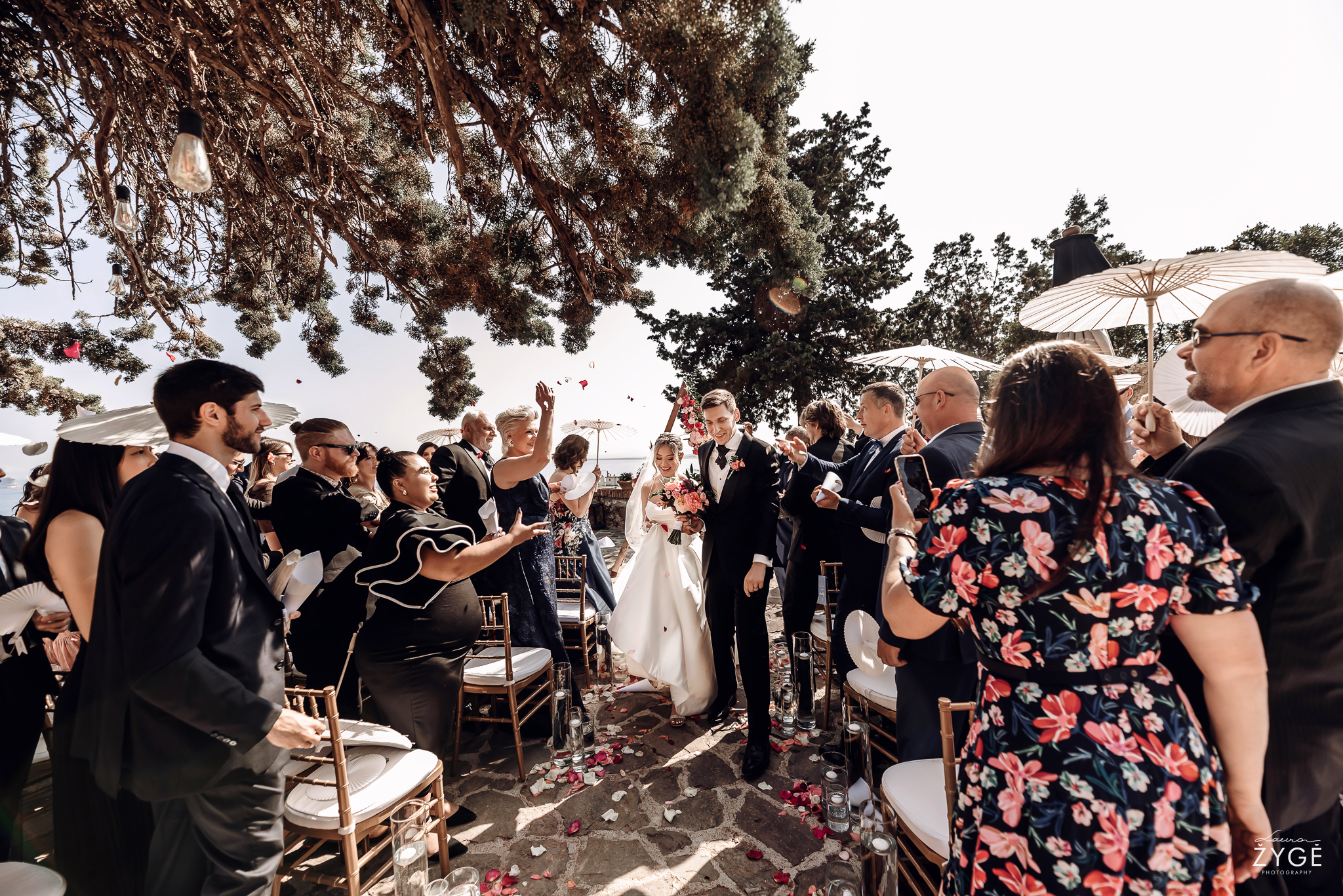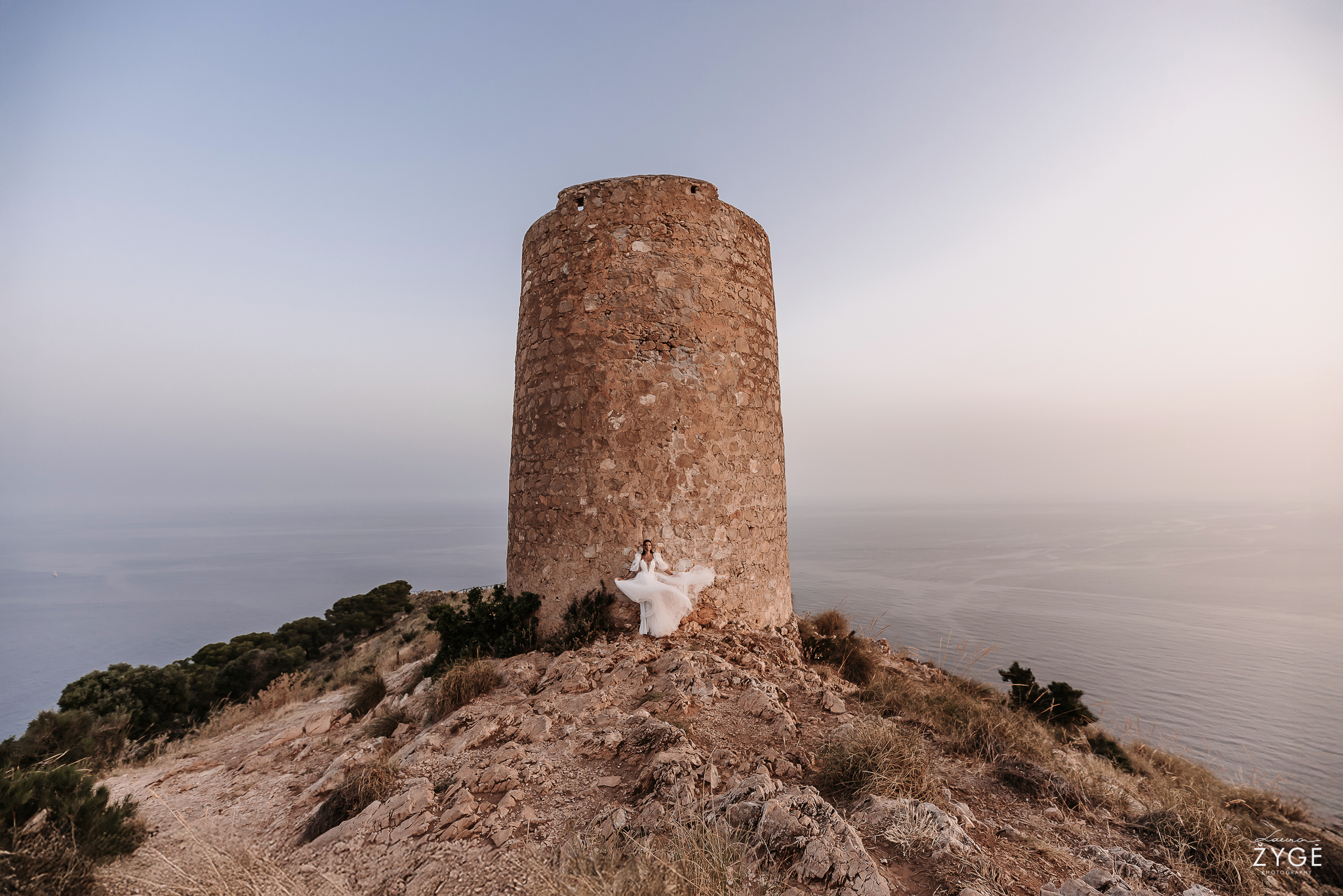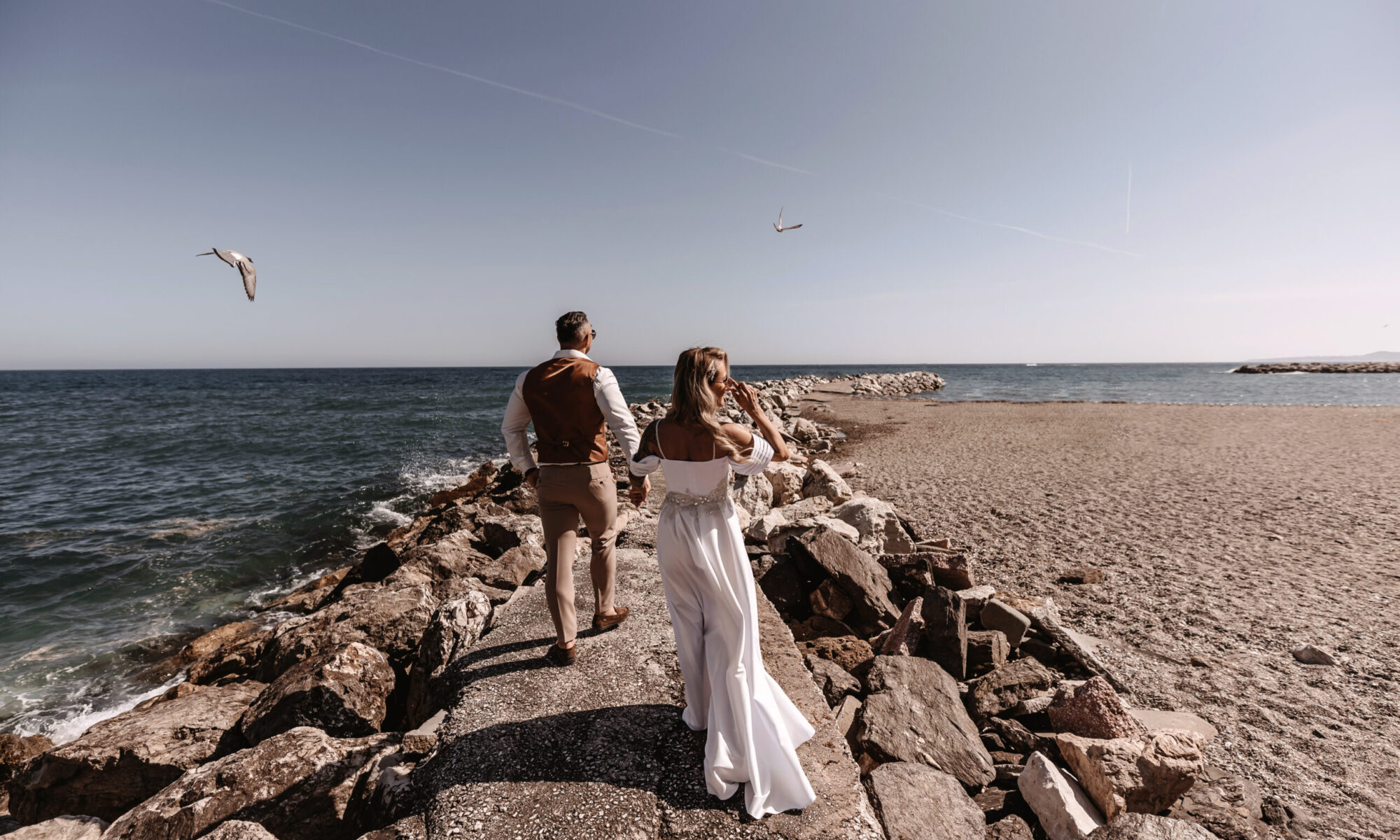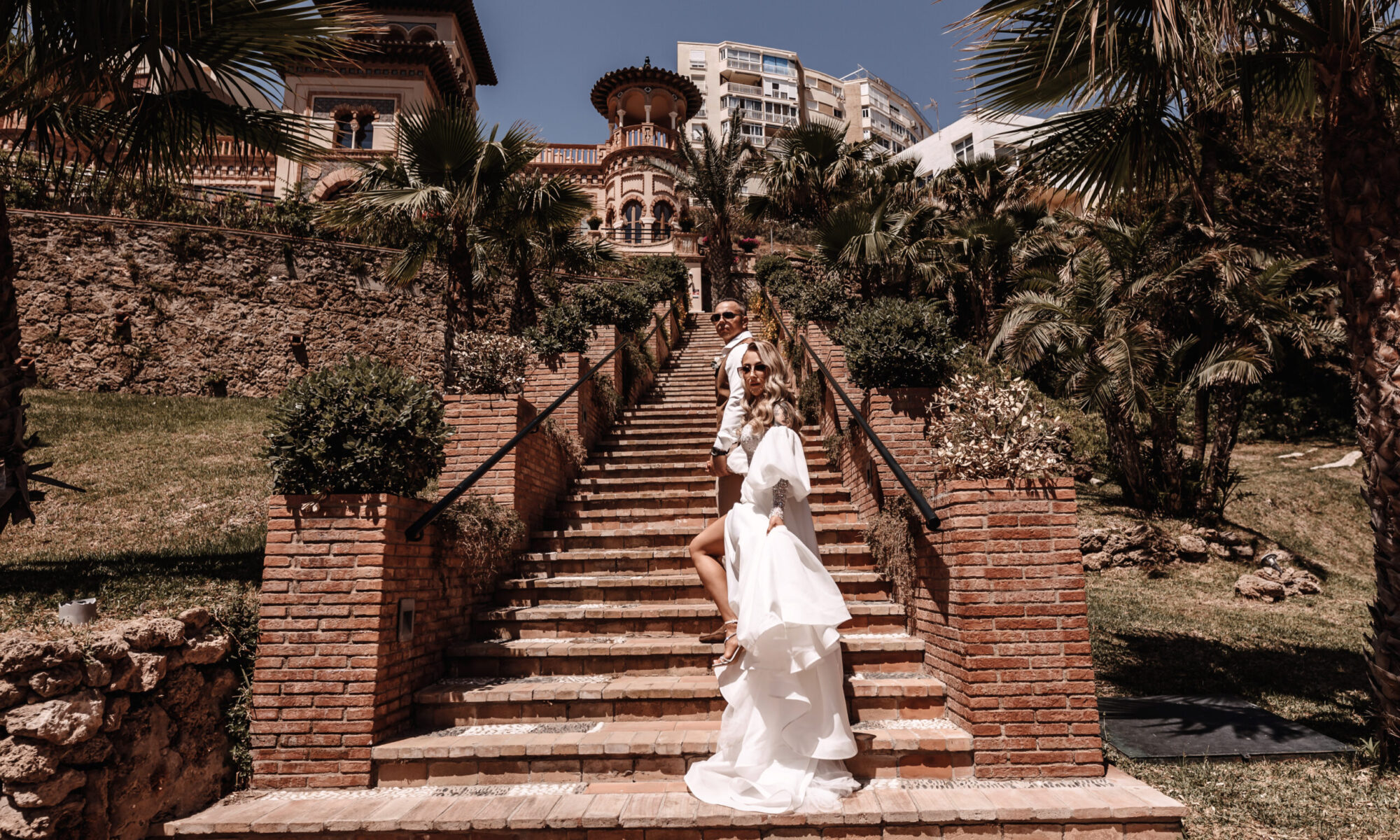Weddings Abroad – A Comprehensive Guide to Destination Wedding Photography
Destination wedding photography is the art of capturing your special day in a foreign country—an unfamiliar setting where light, colors, and landscapes create a unique backdrop for your love story. This genre is rapidly growing in popularity among all couples looking for distinctive, unforgettable moments for their wedding album. A wedding photographer abroad faces specific challenges, yet it opens the door to an incredible creative freedom you won’t find in familiar surroundings.
In this comprehensive guide, you’ll learn everything about destination wedding photography: how to choose the right photographer, understand logistics and legal nuances, find inspiration in stunning locations, and plan your budget wisely. Whether you dream of tying the knot on a seaside shore, in an ancient castle, or in an exotic city, this guide will help ensure your wedding photography abroad becomes an unforgettable experience for you and your guests
.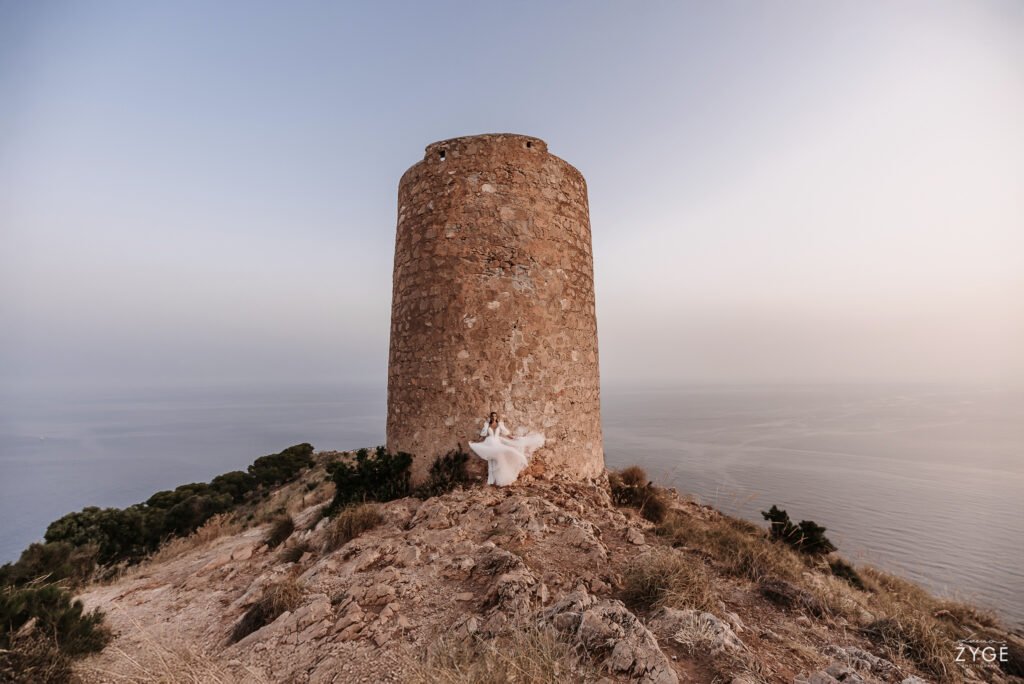
What Makes Wedding Photography Abroad Special?
A wedding photoshoot abroad differs from a typical local shoot in many ways. It’s not just a different setting—it’s an entirely different creative process.
Photographers working in foreign countries encounter a wide range of lighting conditions—from the dazzling sun on a Mediterranean island to the soft twilight glow in Tuscany. These nuances create a distinctive atmosphere in photos that’s impossible to reproduce in a studio or familiar locations. A professional photographer adapts instantly, turning any lighting challenge into a creative opportunity.
Cultural differences also play an important role when shooting abroad. Local customs, traditions, and ceremonies often bring unexpected yet charming moments into the imagery. For example, the Italian “confetti” (sugared almonds) tossing or Greek plate smashing can produce dynamic, emotion-filled frames you wouldn’t see at a traditional Lithuanian wedding.
One of the biggest advantages of destination photography is the chance to capture the couple in an extraordinary context. Imagine portraits framed by Santorini’s white terraces, the Alpine mountain skyline, or an exotic Balinese beach behind you.
These backdrops naturally lend your photos a distinctiveness that needs no additional staging.
Discover our exclusive destination wedding photography packages!
How to Choose the Perfect Wedding Photographer Abroad
Choosing the right photographer is one of the most important steps when planning a wedding in a foreign country. This decision will shape how your memories look for decades.
Generally, you can consider three main photographer categories: local photographers from your chosen country, Lithuanian photographers who travel with you, or international photographers specializing in destination weddings. Each option has its pros and cons.
When reviewing a portfolio, look beyond overall aesthetics and evaluate how the photographer works in varied conditions. Do their images reflect the spirit of the place? Do they capture spontaneous moments? Does their style match your vision? It’s also important to check whether the photographer has experience in the specific country or region you’re choosing—this gives them an advantage in knowing the best spots and light.
Personal connection is crucial—especially for weddings abroad. You’ll likely spend time with your photographer not only on the wedding day but also during a pre- or post-wedding shoot. Meet in person or set up a video call before deciding to assess communication, whether they understand your vision, and how comfortable you feel around them.
Ask about their ability to adapt to unforeseen situations—this is especially relevant when shooting abroad. What would they do if rain disrupts the outdoor ceremony? How would they handle equipment issues? Do they have a backup plan for bad weather? A professional will have B, C, and even D plans for any scenario.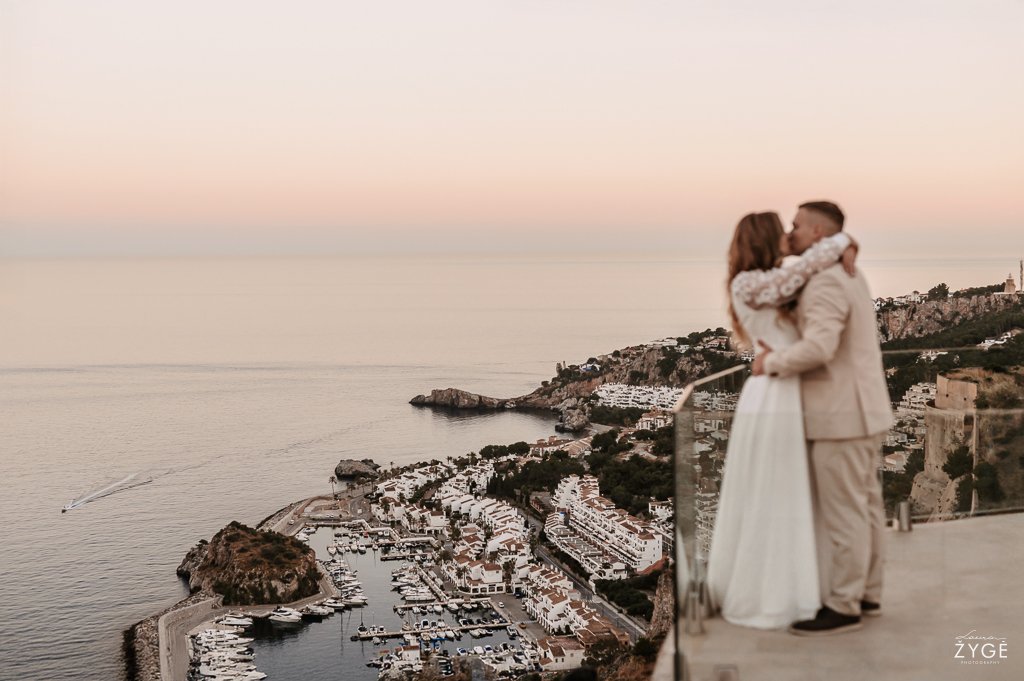
Questions to Ask Before Hiring a Photographer
- Do you have experience shooting in my chosen country/location?
- Can you work legally in my chosen country (work permits, visas)?
- How do you handle equipment issues while abroad?
- Do you carry travel and professional liability insurance?
- How will you back up images during travel?
- What is your cancellation/rescheduling policy?
- Who covers travel and accommodation costs?
- Do you speak the local language or have experience working with interpreters?
- How long will image delivery take after the wedding?
- Can you recommend other local vendors/specialists based on your experience?
Planning and Logistics: What to Know Before Booking
Successful wedding photography abroad starts with careful planning and logistics—often months or even years before the celebration itself.
It’s recommended to book your photographer 12–18 months before the date. Popular destination photographers are often booked up to two years in advance, especially for peak season in places like Santorini, Tuscany, or the Bahamas. Early booking also gives you time to align legal and logistical details.
Regarding legal aspects, determine whether your photographer needs special permits to work in your chosen country. Some countries require work visas even for short-term projects. Also check whether your venue (e.g., a museum, heritage site, or private villa) has special requirements or restrictions for photographers. Some places may prohibit flashes, drones, or even tripods.
Regular communication with your photographer is essential. Ideally, arrange a video conference to discuss the timeline, key moments you want captured, and any special details or traditions that will be part of your ceremony. Some photographers offer a pre-wedding site visit to scout locations and plan the best spots.
Create a detailed wedding-day schedule that includes dedicated time for portraits. With destination weddings, it’s often worth planning an extra session the day before or after the main event for standout images in special locations. Don’t forget to factor in lighting—golden hour (1–2 hours before sunset) creates the most beautiful portraits, so reserve that slot for your main session.
Always have a backup plan for bad weather or other unforeseen circumstances. Flexibility is vital for weddings abroad—sometimes a sudden downpour turns into an opportunity for magical post-rain, rainbow-lit shots.
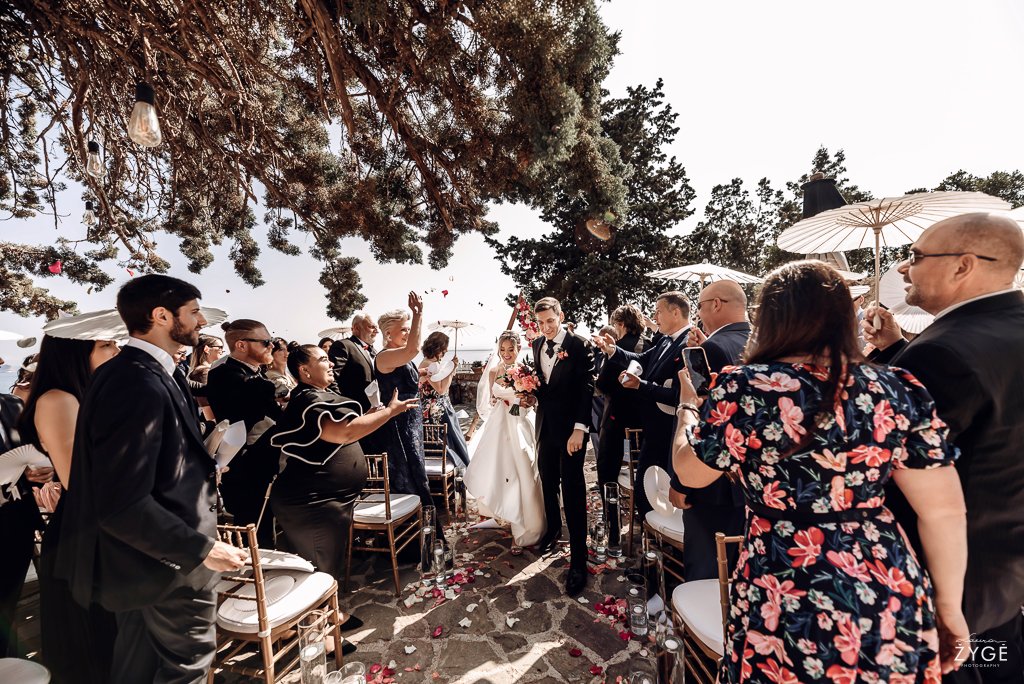
Inspiration: Stunning Locations and Photo Ideas
One of the greatest benefits of a destination wedding is the chance to shoot in unusual, exotic, or historically significant environments that give your images a distinctive character.
Every place offers a unique atmosphere and aesthetic. Tuscany’s rolling hills with cypress trees and vineyards create a romantic, classic mood.
Greek islands provide striking contrast between white architecture and the deep blue sea. Bali’s terraced rice fields bring an exotic, soulful feel to a session. Iceland’s volcano-and-glacier landscapes produce dramatic, almost otherworldly visuals.
Location-driven concepts can make your images truly memorable. Try a shoot at a local market, using colorful goods and locals as a vibrant backdrop. Or be photographed while embracing a local tradition—Spanish flamenco, a Japanese tea ceremony, or Thai lantern releasing. These images capture your love while telling a story about the journey and experience.
Many photographers also offer “trash the dress” sessions—post-wedding shoots where couples aren’t afraid to get their outfits dirty for extraordinary images. Picture a water session in a wedding dress, descending sand dunes at sunset, or even a playful mud-spa concept. Bold ideas like these yield striking frames that stand out from traditional albums.
Local light often becomes the star. Santorini sunsets paint a rosy, warm glow perfect for romantic portraits. The Northern Lights in Iceland or Norway can be a magical backdrop for night shots. Even rain clouds or fog can create a cinematic, dramatic atmosphere in your images.
Top 5 Wedding Locations Among Lithuanian Couples (and Why Photographers Love Them)
- Tuscany, Italy – prized for golden light, cypress-lined hills, and colorful sunsets that create a classic, romantic atmosphere.
- Santorini, Greece – the white-and-blue contrast composes itself, and caldera sunsets are incomparable.
- Barcelona, Spain – a blend of modern architecture and tradition; Gaudí’s works plus the Mediterranean coast offer endless options.
- Dubrovnik, Croatia – ancient city walls, terracotta rooftops, and the Adriatic’s blue create a fairytale setting, with nearby islands as a bonus.
- Algarve, Portugal – dramatic cliffs, caves, and beaches, coupled with warm hospitality for a smooth shooting experience.
Budget Planning for Destination Wedding Photography
Investing in wedding photography abroad is one of the most important elements of your wedding budget, and it requires a clear understanding of what’s included.
Typical destination wedding photography packages often start from €1,500–€2,000 and can reach €5,000 or more, depending on the photographer’s experience, coverage length, and add-on services. Remember that photographers working abroad face extra costs that local specialists do not.
Key cost components include not only the photography itself but also travel (flights, local transport), accommodation (usually 2–3 nights), meals, insurance, and incidentals (visas, taxis, gear transport). Some photographers bundle these into the overall price, while others itemize them—clarify this in advance.
To save, consider hiring a local photographer—this avoids travel costs. Keep in mind, though, that communication may be trickier and the style may not perfectly match your vision. Conversely, a Lithuanian photographer may better understand your cultural traditions and needs, but their travel costs will increase the total.
Off-season planning can significantly reduce costs—not only might the fee be lower, but travel and accommodation prices drop, too. Another strategy is to book the same photographer for multiple services: the main wedding day, a pre-wedding session, and a post-wedding “trash the dress.”
| Service Type | Average Price (EUR) | What’s Included |
|---|---|---|
| Basic Package | 1500–2500 | 8 hours coverage, 300–500 edited images, online gallery |
| Standard Package | 2500–3500 | Basic package + pre-wedding session, photo book |
| Premium Package | 3500–5000+ | Standard package + 2 photographers, open-ended coverage, “trash the dress” session, premium album |
You can explore my destination wedding photography plans here: https://laurazyge.com/vestuviu-fotografavimas/
By investing in a professional photographer, you’re truly investing in memories for a lifetime. A great photographer will not only capture moments but also create art pieces that remind you of your special day for decades. Remember, it’s not just technical quality that matters, but also the ability to capture emotion, atmosphere, and those unique moments that are priceless.
Contact us to learn more about our special destination wedding photography packages!
Destination wedding photography is more than images—it’s an extraordinary experience that unites your love story with the world’s beauty. The right photographer, thoughtful logistics, and a clear budget will ensure your moments are captured perfectly, no matter which corner of the world you choose for your big day.
Start by researching photographers and shortlisting based on budget and style. Then dive into portfolios and schedule an in-person or video meeting. Remember: a strong connection with your photographer is almost as important as their technical skills—you’ll be spending one of the most important days of your life with them!
Frequently Asked Questions
How far in advance should we book a destination wedding photographer?
It’s recommended to book 12–18 months before the wedding to secure their services and allow enough time for travel and logistics planning.
What’s typically included in destination wedding photography packages?
Packages often include travel and accommodation, full-day coverage, an online gallery, and sometimes pre- or post-wedding sessions.
Can I hire a local photographer in my chosen country?
Yes—this is often a cost-effective solution, but be sure to check their local portfolio, communication skills, and references.
What additional costs are associated with destination wedding photography?
Beyond standard fees: travel, visas, meals, accommodation, second shooters, extra gear for weather protection, and insurance.
What legal documents might photographers need to work abroad?
Typically a contract, travel/health insurance, and in some cases work permits or local permissions—always confirm with the venue and the photographer.


